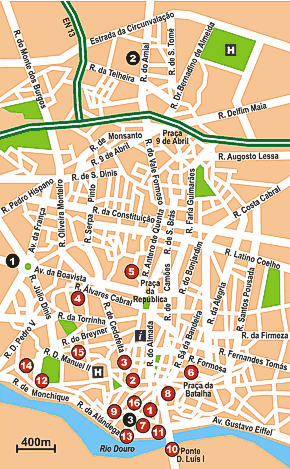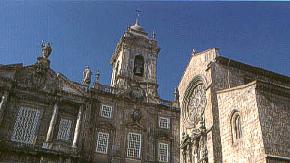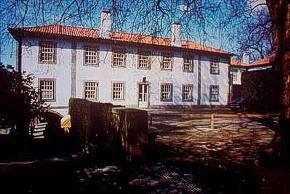|
Porto |
| Portugal > Tourism > Costa Verde > Porto > The City | |
|
|
Facing the big lodges of port wine to which it gave its name across the river Douro, Porto is Portugal´s second largest city and there is a certain feeling of rivalry towards Lisbon. But although its ancient roots have been preserved with pride, a modern and lively commerce makes it a thriving city and its traditional importance as an industrial center does not diminish the charm and character of its old quarters or even of the newer and busy avenues, shopping centers and quiet residential blocks. The Cathedral area deserves to be explored, with its various monuments, such as the Renaissance church of Santa Clara, and the densely populated quarter of Barredo, which appears not to have changed since medieval times. The riverside quarter of Ribeira is also delightful, with narrow streets, typical houses and picturesque life-style: it has been recently restored and now includes fashionable restaurants and bars. Equally lively and colourful is the market of Bolhão, where you can buy almost anything, but more elegant shops can be seen nearby, especially the jewelleries and leather goods shops in the Baixa (down-town). Porto affords many other attractions, monuments and museums, as well as a cultural agenda which has been steadily improving. With a well-known gastronomy and hospitable population, it is also the starting point to explore the river Douro in an unforgettable journey upstream. |

| Sightseeing |
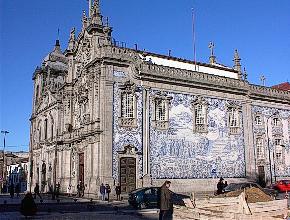 |
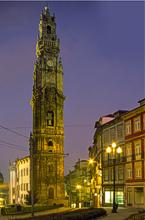 |
 |
| portal was built in the following century and had baroque characteristics. In the 17th and 18th centuries the interior of the church was completely covered with wood carvings, forming a sort of golden box. It is one of the most beautiful baroque interiors in the country. Although the wood carvings do not present a stylistic coherence, their great quality, which was the fruit of the best workshops in Porto, makes up a selection that enables the observation of its evolution. It is a true museum of gilt wood carving in the city. |
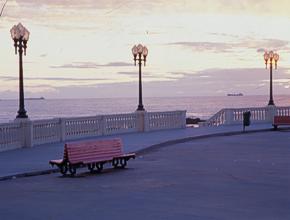 |
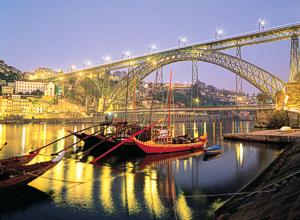 |
| Museums |
| the city of Porto a Museu de Pinturas e Estampas
(Paintings and Prints Museum). The aim of the foundation of this Museum
was the preservation of the artistic heritage that came mainly from extinct
convents, and the simultaneous promotion of its use for cultural and pedagogical
purposes. The Museum has been settled since 1940 in the Palacio dos Carrancas,
currently considered a public interest property, and it was built in the
late 18th century, by a wealthy family of Porto. |
| Accomodation |
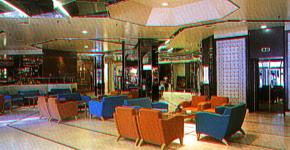 |
Major airlines, travel agencies and banks: 3 minutes walk. The Hotel combines the elements of traditional hospitality with the amenities of an International Hotel. You will find 232 guest rooms including 7 suites, spacious, comfortable and stylish |
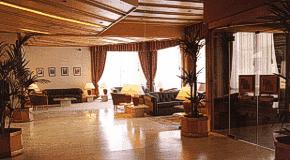 |
|
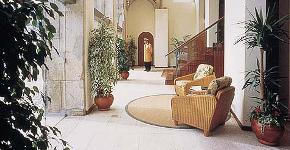 |
|

| Portugal > Tourism > Costa Verde > Porto > The City | |
|
The City |
